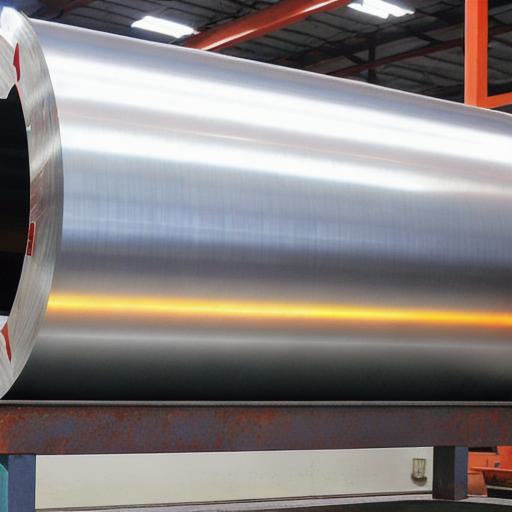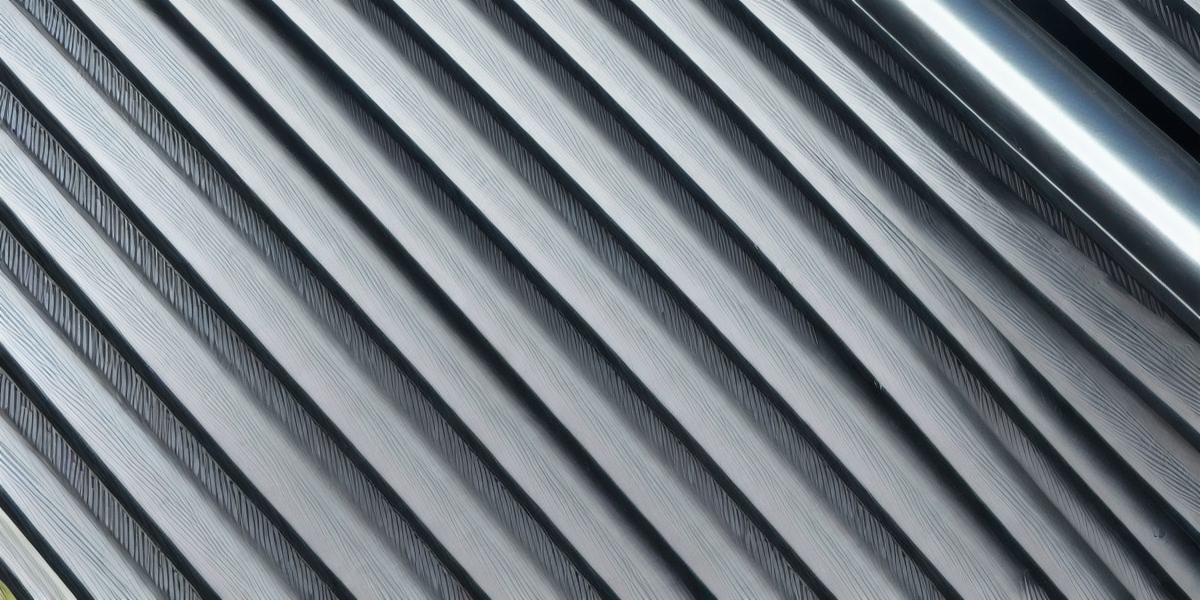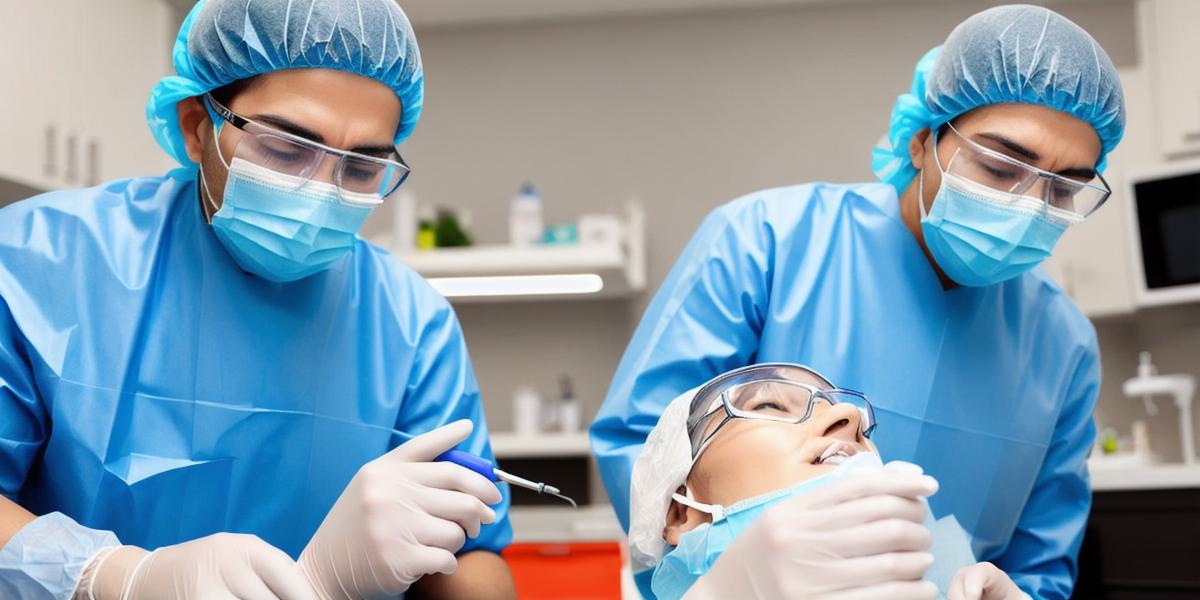Introduction:
Aluminum is a popular metal used in various industries, such as aerospace, automotive, construction, and consumer goods. One of the ways to improve the properties of aluminum is through anodizing, which involves treating the surface with an electric current. In this guide, we will explore what anodizing is, how it affects the metal’s properties, and why it is important for better performance and aesthetics.
What is Anodizing?
Anodizing is a chemical treatment process that creates a hard, protective layer on the surface of aluminum. This process involves passing an electric current through a solution of electrolyte to form the anode (the metal being treated) and cathode (a conductive material, such as copper or zinc). The anode undergoes oxidation, which creates the protective layer that is often called the anodize.
The anodizing process can be customized by changing the variables, such as the current density, temperature, and time. This allows for a range of different colors, textures, and strengths to be created, depending on the specific application.
How does Anodizing Affect Aluminum’s Properties?
Anodizing has several positive effects on aluminum’s properties, including:
- Corrosion Resistance: The anodic layer created during the anodizing process provides excellent corrosion resistance, making aluminum more resistant to rust and other forms of damage caused by exposure to moisture and chemicals.
- Hardness: The anodic layer is much harder than the base metal, providing additional strength and durability.
- Aesthetics: Anodizing can be used to create unique colors, textures, and finishes that enhance the visual appeal of aluminum products.
- Electrical Conductivity: Depending on the type of anodize, it can be used as a protective coating for electrical connections, which helps prevent corrosion and ensures proper functioning.
- Lubrication: The anodic layer can also act as a lubricant, reducing friction and wear in applications such as bearings and gears.
Real-Life Examples of Anodizing in Action
One of the most common uses for anodized aluminum is in the automotive industry. Many car manufacturers use anodizing to create decorative elements such as wheels, dashboards, and other accents. The anodizing process allows them to create unique colors and textures that make their products stand out from the competition.
Another example of anodized aluminum is in the aerospace industry. Aircraft manufacturers use anodizing to improve the strength and durability of their aircraft, making them more resistant to damage caused by exposure to harsh environments.

FAQs:
Q: What is the difference between anodizing and painting?
A: Anodizing is a chemical treatment process that creates a hard, protective layer on the surface of aluminum, while painting involves applying a liquid coating using an airbrush or other method. Anodizing provides better corrosion resistance and electrical conductivity than painting.
Q: How long does the anodizing process take?
A: The length of time for the anodizing process varies depending on the type of anodize and the specific application. It can range from a few minutes to several hours, depending on the variables used in the process.
Q: What types of aluminum can be anodized?
A: Aluminum alloys such as 6061, 7075, and 2024 are commonly used for anodizing due to their good corrosion resistance and strength. However, most aluminum alloys can be anodized with the right type of electrolyte and conditions.



